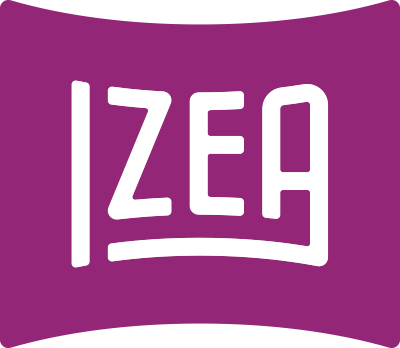Why does your brand use content marketing? And if you’re among the minority that hasn’t started using content marketing yet, why is your brand interested in it? According to the 2017 State of the Creator Economy study, content marketing was rated as the most effective type of marketing among both content and influencer marketers. When done well, content marketing generates leads and ultimately converts those leads into paying customers. Here’s everything you need to know to fine-tune your content marketing lead conversion.
Understanding Content Marketing Lead Conversion
At the heart of content marketing is content. But not just any old content. Content that has the most impact and effect is content that’s valuable, relevant, and consistent.
Often, content marketers focus on generating or creating leads with content marketing. According to research conducted by the Content Marketing Institute, more than 70 percent of B2B content marketers have proof of the effectiveness of their content marketing efforts when it comes to generating leads. Meanwhile, 66 percent of B2C marketers cite “lead generation” as a top goal for the coming year.
Generating leads is just half of the battle, though. To truly have an impact, you want to create content that converts.
How to Leverage Content Marketing Lead Conversion
Content that generates leads is often called top-of-the-funnel content. It’s designed to reach an audience that might be at the very beginning of their buying journey. They might not know what they want or need. Your content can help narrow down their choices for them.
Meanwhile, content that’s meant to convert leads is typically bottom-of-the-funnel content. At this stage, the size of the audience or the number of brands they are considering your product has thinned (hence “bottom-of-the-funnel” — where it’s narrower), and your goal is to convince someone to make that final move.
Content marketing that leads to conversion has to be all about convincing the audience to take that final step and make a purchase. At this point, a person is finished exploring and learning more about the basics of a brand or a product. He or she is usually finished exploring options that will solve the problem he or she is facing, and is ready to take that last step.
The key to using content marketing for lead conversion is choosing content that assures people they are about to make the right choice.
Creating Content Marketing Lead Conversion Assets
Types of content that are ideal for the bottom-of-the-funnel or purchase stage include:
Reviews
As a potential customer hovers around your product, weighing whether or not to buy it, content that shows the real value of the product can be what it takes to convince him or her to click “buy.” Reviews that highlight how the product performs and why it’s better than other options can do just that.
Infographics
A detailed description of what your brand’s product has to offer and all its specs can also influence a person to make the purchase. Although you can lay out all that information with text, creating an infographic makes the details much more visually appealing. Infographics are also much easier to scan and parse than blocks of text.
Quizzes
Maybe a person is about to make a purchase from you, but they’re not sure which product is the right one. A well-planned content marketing quiz can help further narrow down your audience’s options and point them towards the best products for them.
Landing pages
A landing page, or a page that someone “lands” on after clicking through a call to action on a blog post, social media post, or search result, can be an effective form of content marketing for lead conversion, provided you strip it down and include only the most relevant information for a customer’s needs.
Case studies
Case studies might often be considered top- or middle-of-the-funnel forms of content, but they can also be effective once someone gets to the bottom of the funnel. Like reviews, the information provided in a case study can be what it takes for a potential customer to commit to your brand.
Simple order process
Yes, the process of placing an order with your company is a type of content, and plays a pretty big role in the lead conversion process. If people think it’s too difficult to order from you, or have trouble figuring out where to go to order, they’re going to bounce.
Anatomy of Content Marketing Lead Conversion
If you want your content to convert leads, here’s what it needs:
Visual appeal
Your readers or viewers should enjoy looking at the content.
Understandable layout
Your readers or viewers should be able to scan and scroll through the content to find exactly what they need with ease.
Clear CTA
What should the user do next? If they don’t know or can’t easily figure it out, you’ve lost a sale.
Usability
No one wants to have to click through a million screens to get to the order page.
Tools for Content Marketing Lead Conversion
Still wondering how you’ll make content that meets the needs of people at the bottom of the funnel? Luckily, there are plenty of tools out there to help you out. At the start of the process, you can hire writers and other types of content creators to craft custom content that conveys the exact message you want.
Once you’ve got the content, you can use a content amplification program to help get it out there, and to increase the amount of shares and traffic your content receives.
Finally, you can also use software to track your leads and conversions to get a sense of what types of content are actually converting people, and which ones aren’t.




